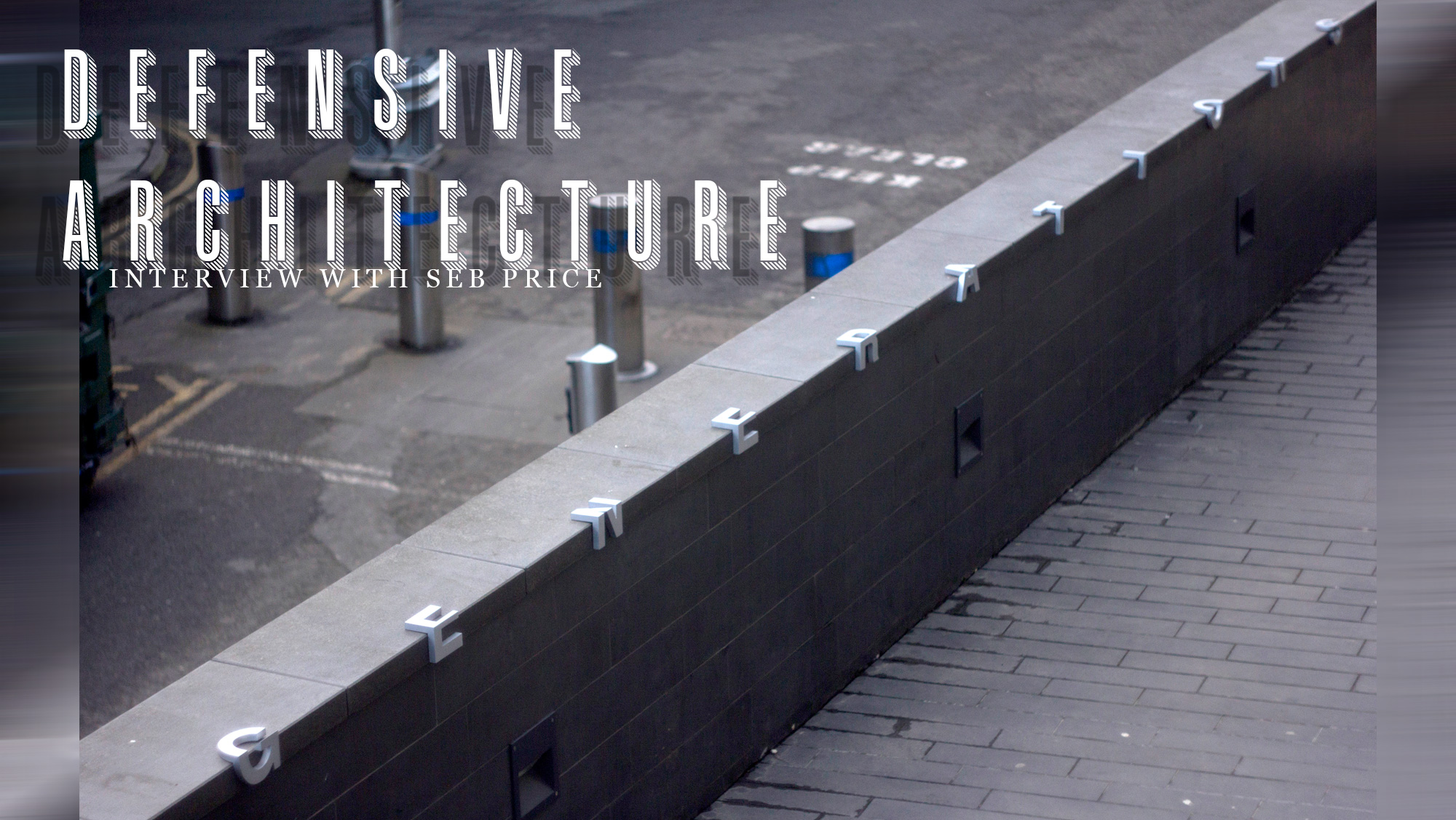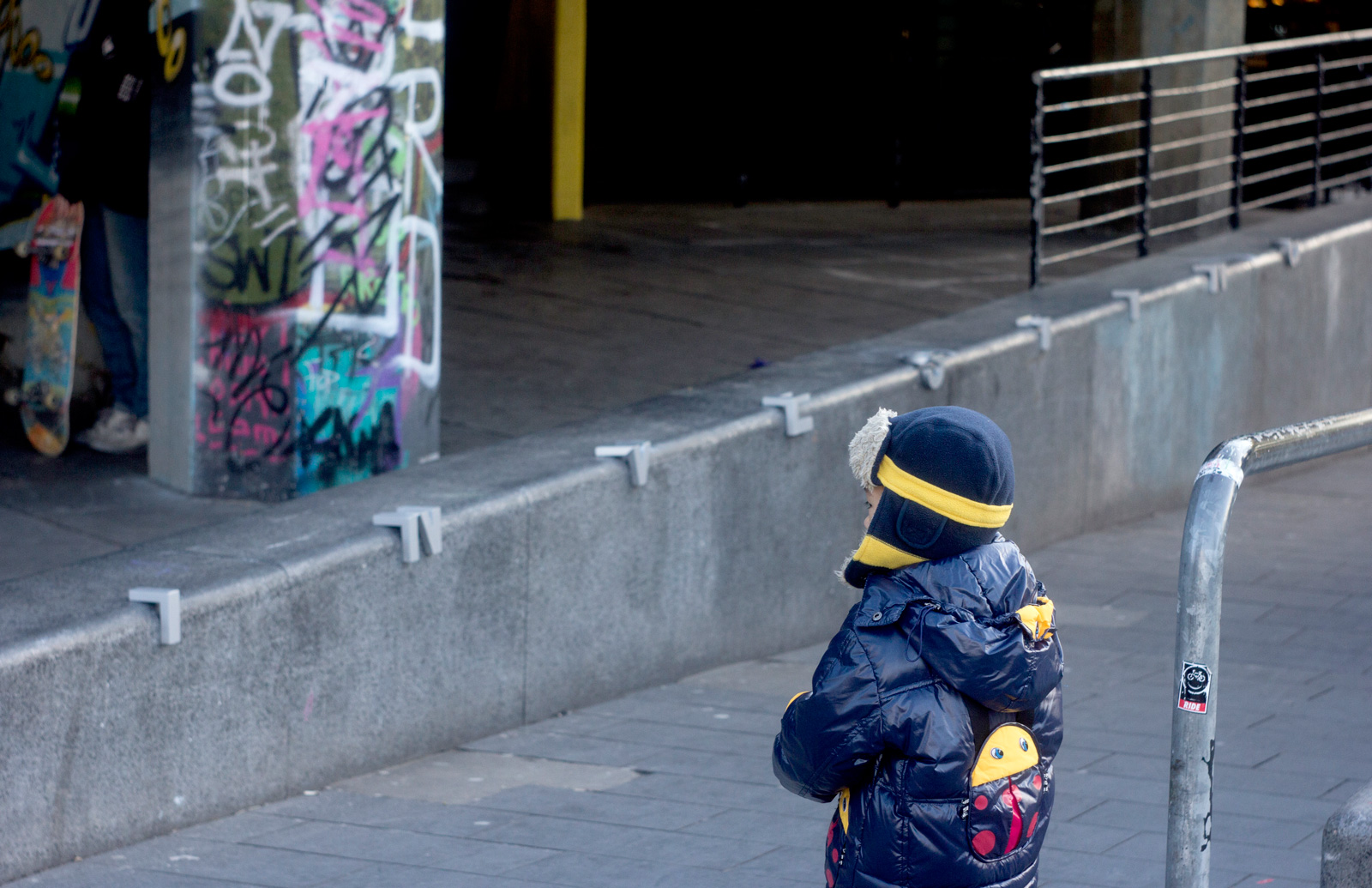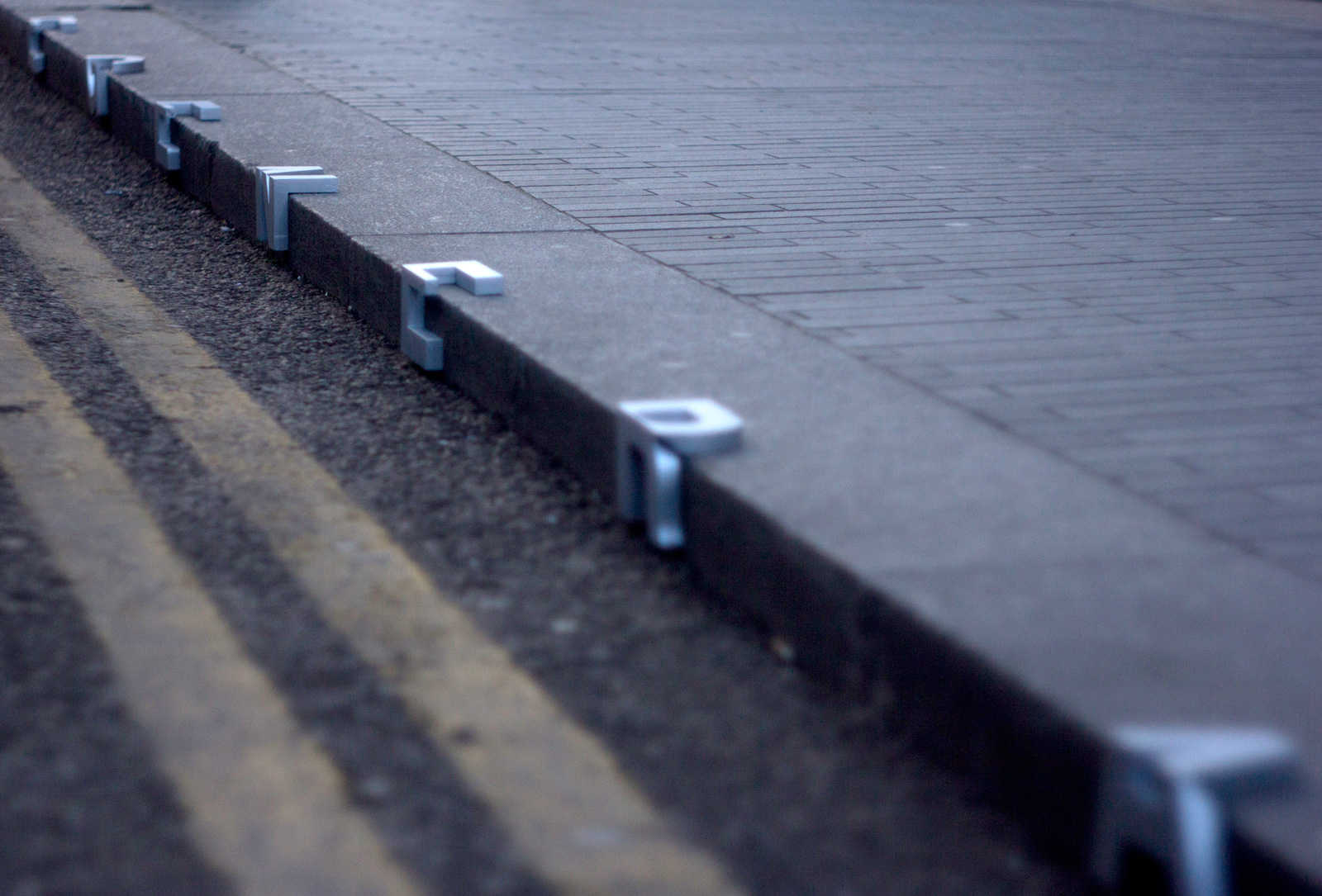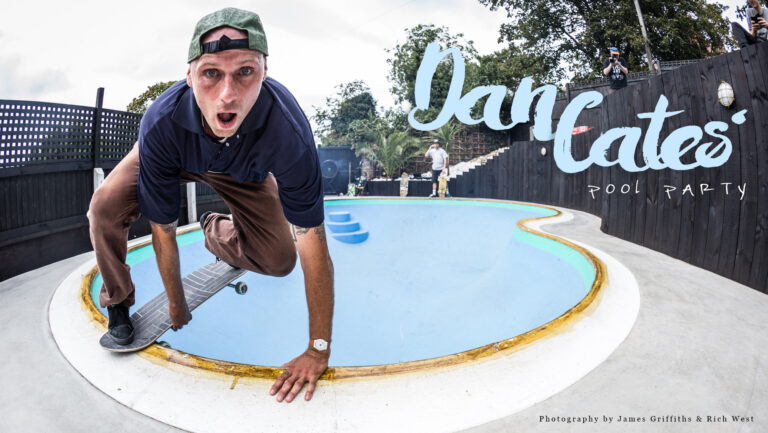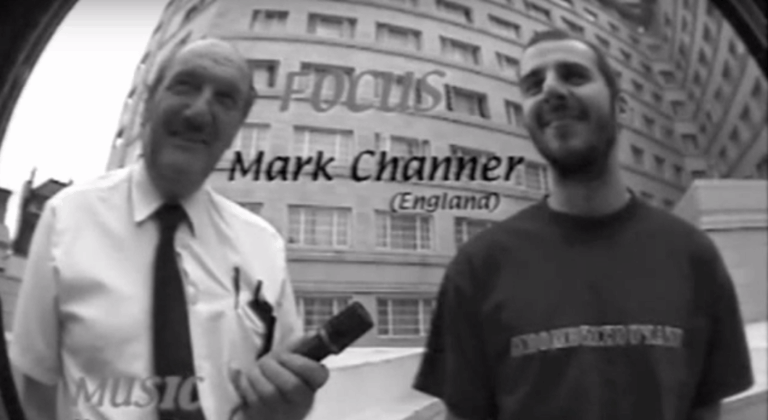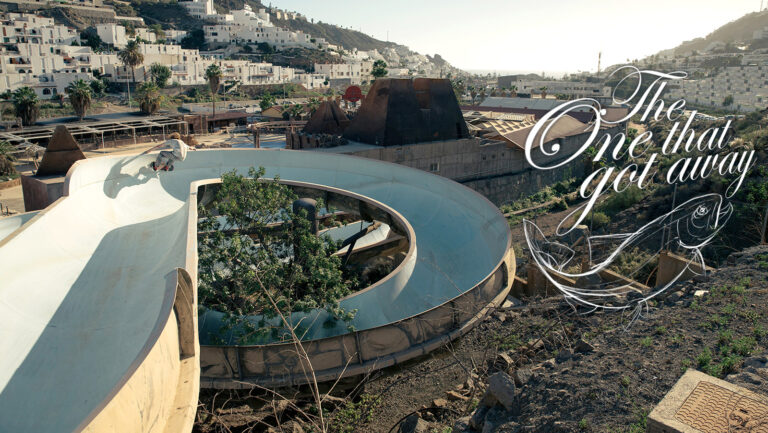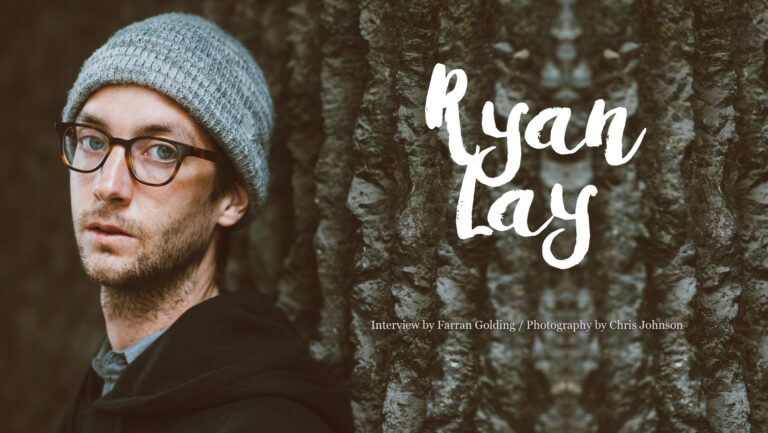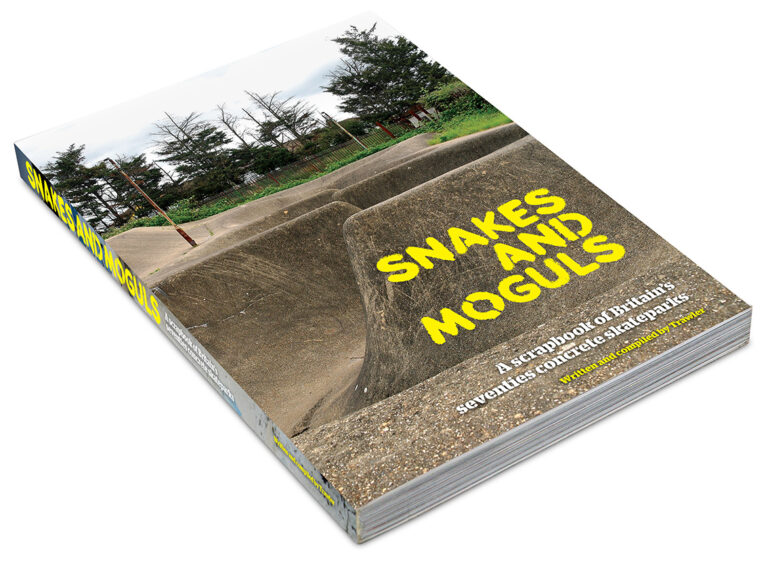
Presumably you have followed the Long Live Southbank campaign and have drawn inspiration from their hard work and eventual ‘success’, correct?
Yes, although not involved personally (other than the petition) their success and passion definitely inspired me to think more about this subject.
Looked at it context, particularly with the recent demolition of Philadelphia’s Love Park (an equally iconic skate spot/piece of public architecture) – LLSB’s success in saving SB’s space is almost unbelievable – do you have thoughts on why this particular campaign succeeded where many others haven’t?
One amusing aspect of the whole LLSB campaign was the sheer malice exhibited in many of the online comments towards the notion of ‘saving SB’, (ironically most prominently on websites connected to the left-leaning press, The Guardian in particular). Have you any thoughts there? Particularly as to why this was such a polarizing issue and why many of the people you might presume would be in favour of something like the LLSB campaign, which politically engaged youth and utilised all of the machinery of traditional ‘anti-capitalist protest’ was roundly condemned as ‘a bunch of complaining teenagers’ (to paraphrase).
I think it succeeded not only due to the sheer number of people that signed the petition and that got involved, but also due to the many influential people that spoke upon the importance of the skate space, (Boris Johnson/Tony Hawk as the most obvious examples I can think of). An interesting aspect of the campaign is that it was fairly polarising, there were a few people I spoke to who work around there during the project who really didn’t like it and wanted it gone. I think they saw it as an eyesore and the people in it as ‘teenagers’ and ‘wasters’, the usual ignorant comments. Some people mentioned that it attracts drug use and homeless people, but I think that is an issue that’s present everywhere, something that definitely will not be solved by moving them elsewhere, and not related to or a product of Southbank’s skate culture in the slightest.

The company which holds the registered ‘Skate Stoppers’ trademark (Intellicept in CA) actually offers skate-stoppers described as their ‘Artistic Range’ which include bespoke architectural and pattern designs supposedly themed to ‘blend in’ aesthetically. What are your thoughts there?
The sentence ‘artistic skate stoppers’ seems to be contradictory, but I think it’s beneficial to the people who use skate stoppers to have them blend in as well as possible, the less obvious defensive architecture is the less public offence it will likely cause.
How did your University peers and tutors receive this piece of work – what was their take on it from an academic perspective?
Surprisingly not many of them knew what skate stoppers were (tutors in particular), so it was a bit of a shock for them to find out that all around them in London they were surrounded by defensive architecture, without them realising. Because of this I think they felt that it was quite effective, and were very enthusiastic about the project.
Is this an issue that you intend to explore further?
I think ownership of public space and defensive architecture are definitely really intriguing, topical and corrosive subjects that aren’t highlighted or talked about often enough, so I would definitely like to explore it more.
Where can people go to find out more about this piece and your work in general?
My skate stoppers and more of my work is all on www.sebprice.com or at my Instagram @seb_price


